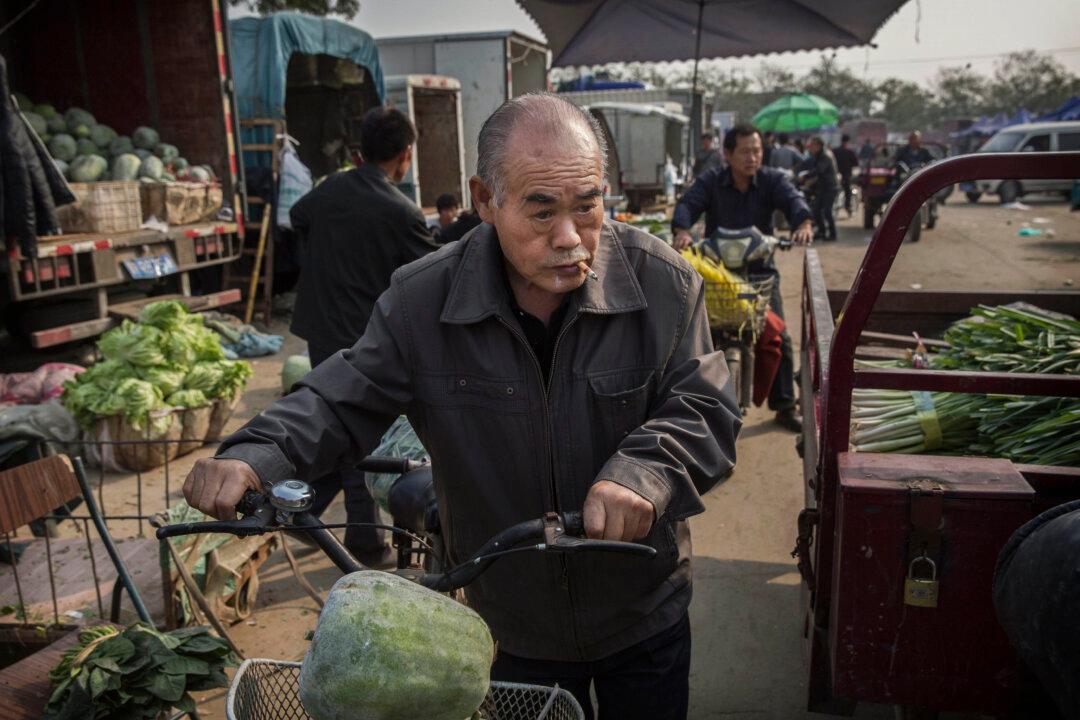China Orient Asset Management, the state-sponsored massive holder of bad debt, announced a restructuring plan Dec. 30 to pave the way for an eventual IPO. The plan would allow the Chinese Communist Party to pass ownership of the toxic asset pool onto third-party shareholders.
Orient, one of four so-called Chinese bad banks set up to buy non-performing loans (NPLs) from banks, said it would restructure into a joint-stock company and sell a small stake to China National Social Security Fund.
The fund will hold a small, 2 percent, stake in Orient, which is currently owned entirely by China’s Ministry of Finance. The restructuring will also pave the way for authorities to float an initial public offering later this year.
Beijing has been looking for a new source of funding for its bad banks, and Orient is the last of the four to announce its IPO intentions. The other three are Great Wall Asset Management, China Cinda Asset Management, and China Huarong Asset Management.
Great Wall also announced plans to form a joint-stock company with the China National Social Security Fund and China Life Insurance Group sometime in January. It aims to list either in Hong Kong or China in the first half of 2017, a senior company executive told Reuters on Dec. 24.





